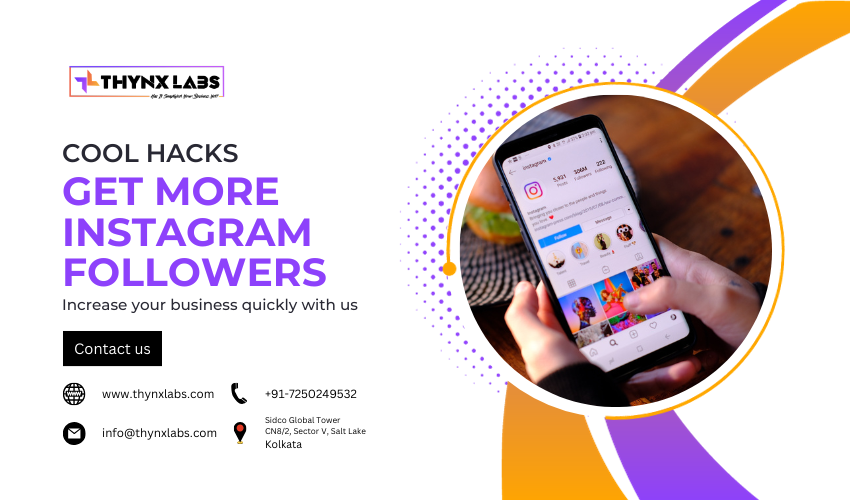How to Set Up and Navigate Facebook Ads Manager
Facebook Ads Manager is an essential tool for any business looking to leverage Facebook's vast user base for advertising. Whether you're new to digital advertising or looking to refine your skills, understanding how to set up and navigate Facebook Ads Manager can significantly enhance your marketing efforts. This guide will walk you through the process, from setting up your account to launching your first ad campaign.
Setting Up Your Facebook Ads Manager Account
- Create a Facebook Business Account To use Facebook Ads Manager, you first need a Facebook Business Account. If you don't have one, go to Facebook Business and click on "Create Account". Follow the prompts to enter your business details.
- Set Up Your Ad Account Once your Business Account is set up, navigate to the "Business Settings" in the Meta Business Suite. Under the "Accounts" section, select "Ad Accounts". Click on "Add" to either create a new ad account, request access to an existing one, or add an ad account you own.
- Add Payment Information For your ads to run, you'll need to add a payment method. In the Ads Manager, go to "Billing" and then "Payment Settings". Enter your payment details to complete this step.
Navigating Facebook Ads Manager
- Dashboard Overview The Ads Manager dashboard is your command center. It provides an overview of your campaigns, ad sets, and individual ads. You can monitor performance, adjust budgets, and make changes to your ads from here.
- Campaign Structure Facebook advertising is organized into three levels:
- Campaigns: The highest level where you set your advertising objective (e.g., brand awareness, traffic, conversions).
- Ad Sets: The middle level where you define your target audience, budget, schedule, and placements.
- Ads: The individual ads that users will see, where you select your creative elements like images, videos, and text.
- Creating a Campaign To create a new campaign, click on the green "Create" button in the Ads Manager. Follow these steps:
- Choose Your Objective: Select the marketing objective that aligns with your goals.
- Name Your Campaign: Give your campaign a descriptive name to help you keep track of it.
- Set a Budget: Decide on a daily or lifetime budget for your campaign.
- Creating an Ad Set After setting up your campaign, you'll move on to the ad set level:
- Define Your Audience: Use demographics, interests, behaviors, and custom audiences to target your ideal customers.
- Choose Ad Placements: Decide where your ads will appear (e.g., Facebook News Feed, Instagram, Audience Network).
- Set a Schedule: Choose the start and end dates for your ad set, or let it run continuously.
- Creating Ads Finally, you'll create your ads:
- Select the Format: Choose from various ad formats such as single image, carousel, video, or slideshow.
- Add Media and Text: Upload your images or videos and write compelling ad copy.
- Preview Your Ad: Ensure everything looks good before publishing.
Tips for Effective Facebook Advertising
- Targeting the Right Audience Use Facebook's robust targeting options to reach the most relevant audience for your business. Experiment with different audience segments to see what works best.
- Compelling Creatives High-quality images and videos are crucial for capturing attention. Ensure your visuals are eye-catching and your ad copy is clear and persuasive.
- Monitoring Performance Regularly check the performance of your ads in the Ads Manager. Look at key metrics such as impressions, clicks, conversions, and return on ad spend (ROAS). Use this data to optimize your campaigns.
- A/B Testing Run A/B tests to compare different versions of your ads. Test variables like headlines, images, calls to action, and audiences to determine what yields the best results.
- Retargeting Utilize Facebook's retargeting capabilities to reach people who have previously interacted with your business. This can help increase conversions by re-engaging potential customers.
Conclusion
Setting up and navigating Facebook Ads Manager may seem daunting at first, but with practice, it becomes a powerful tool in your digital marketing arsenal. By following this guide, you can effectively create, manage, and optimize your Facebook ad campaigns to achieve your business goals. Regularly reviewing your ad performance and staying updated with Facebook’s features will help you stay ahead in the competitive advertising landscape.


